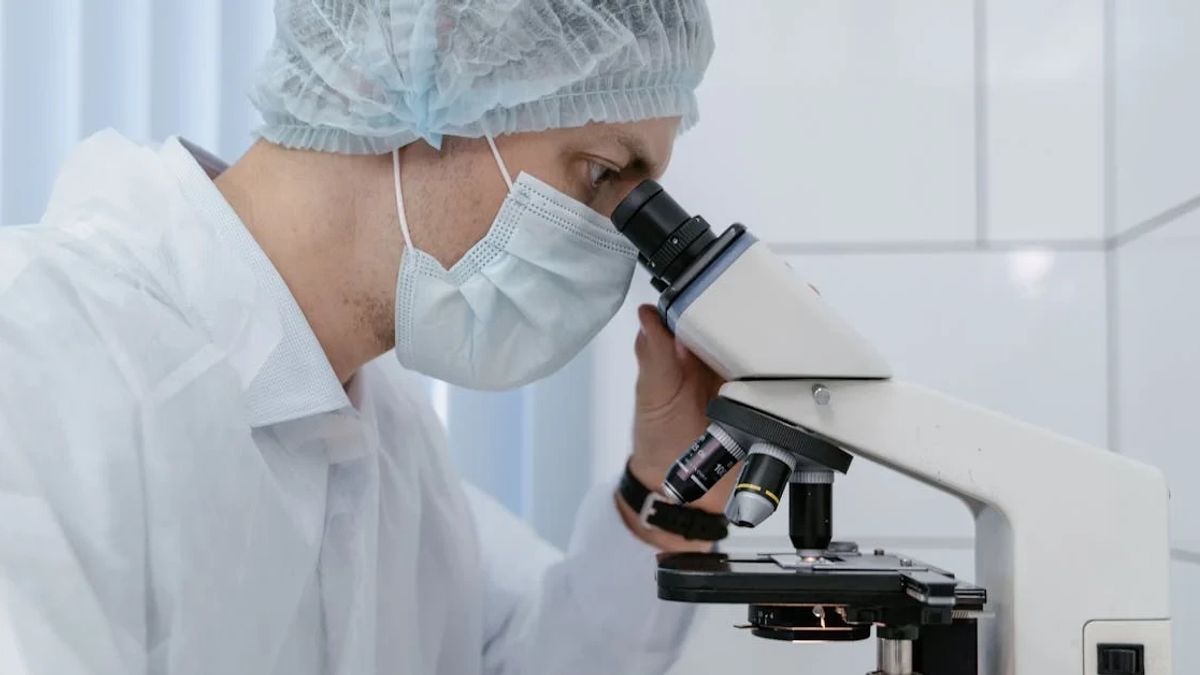JAKARTA - A revolutionary discovery has succeeded in changing the way we look at the human body. Scientists found that common food dyes, commonly found in cornamating and energy drinks, can be used to make the skin transparent. The research, published in the journal Science, paved the way for new medical applications that allow doctors to see organs in the body without the need for surgery.
This study was led by Dr. Guosong Hong from Stanford University, who together with his team managed to make the skin on the skull and stomach of live mice see-through. They use a mixture of water and coverurazine, a yellow food dye commonly found in products such as cornflakes, energy drinks, candy, and chicken broth. Tartrazine, also known as FD & C Yellow 5, is shown to be able to block the effects of light seedling in the body's tissue, which usually makes the skin look opaque.
Burst of light is a phenomenon that causes light to deflect when passing through materials with different refractive indexes, such as fats, proteins, and fluids in cells. In most networks, these components are packed tightly, causing light to spread and making the skin appear opaque. However, by adding wazine, the researchers managed to equalize the refractive index of these components, allowing light to pass through the network without a hitch.
In the trial, the researchers applied the covert solution to mouse skin. First, they rub this solution on the mouse's scalp, which then makes the skin transparent and shows blood vessels in the brain.
Furthermore, this solution is applied to the mouse's stomach, makes the skin in the area fade within minutes and displays intestinal contraction as well as mouse's heart rate and breathing. After the solution is cleaned, the skin returns to normal conditions, showing that this process is transient and reversible.
Even more encouraging, behindrazine does not show long-term effects on mice, and this excess dye is removed through body waste within 48 hours. The researchers also suggested that this method could be used to take a deeper look into the body by injecting coloring directly into the tissue.
According to Dr. Hong, this technology has great potential in the medical world. One possible application is blood taking, where blood vessels can be seen more clearly. In addition, the procedure for removing tattoos with lasers can be simpler, and this technique can also help in detecting and treating cancer early on. Lasers currently used to remove cancer cells are usually limited to areas near the skin's surface, but this technique can increase light penetration to reach deeper areas.
SEE ALSO:
Although the results are promising, this study is still in its early stages and has not been tested on humans. Human skin is known to be about ten times thicker than mouse skin, so researchers still have to determine the coloring dose and its application method in order to penetrate the entire thickness of human skin.
Dr. Zihao Ou, principal researcher from the University of Texas, Dallas, who is also involved in the study, said that this technology can also make optical equipment, such as microscopy, more effective in biological research. By making body tissue transparent, researchers can observe body dynamics in more detail, potentially revolutionizing optical research in biology.
While this technology still requires further research, scientists are optimistic that one day, this could be used for broader medical applications. In addition to helping in medical diagnosis and treatment, this technology also has the potential to make health procedures more affordable and accessible to many people.
The English, Chinese, Japanese, Arabic, and French versions are automatically generated by the AI. So there may still be inaccuracies in translating, please always see Indonesian as our main language. (system supported by DigitalSiber.id)


















